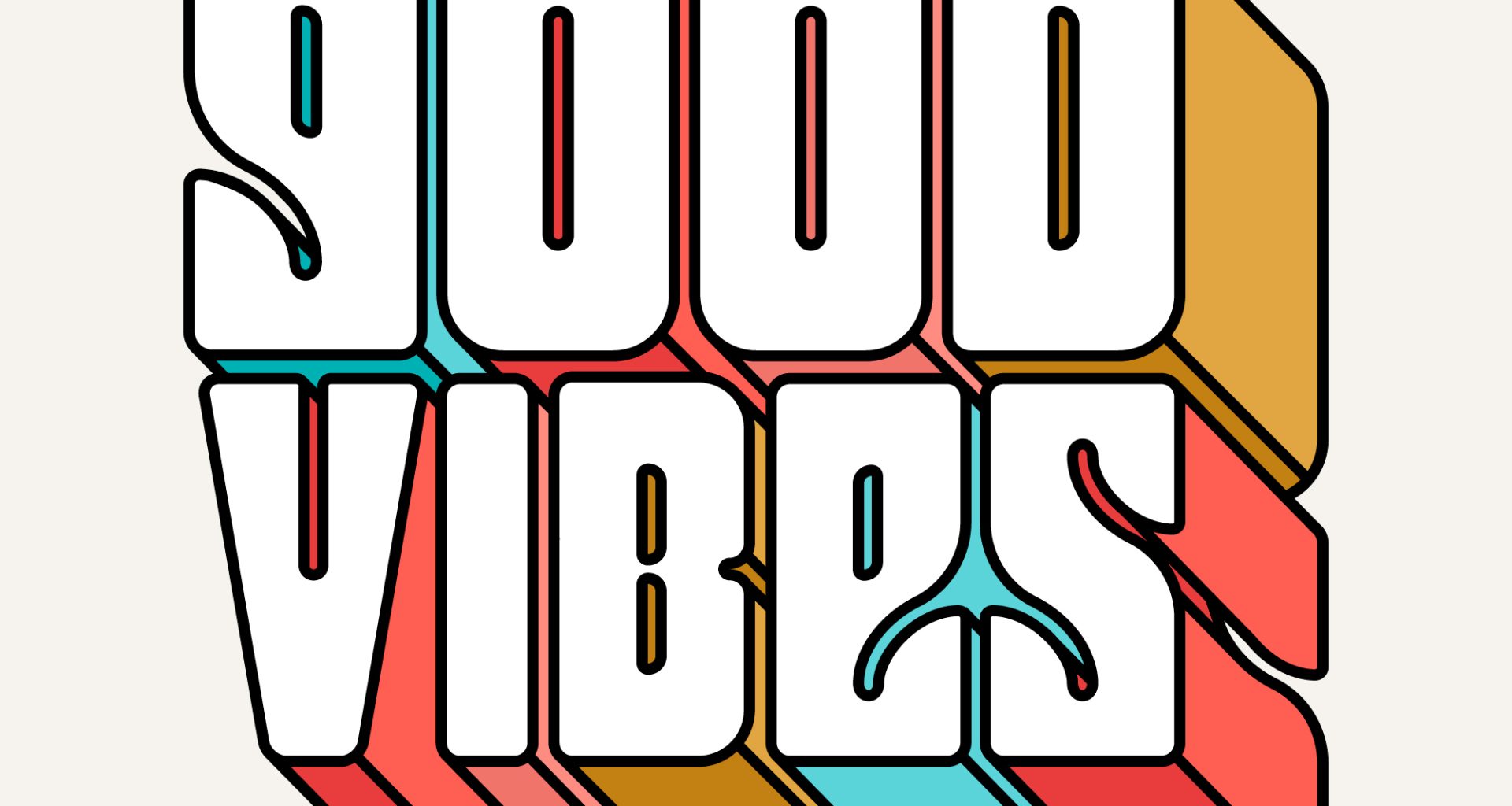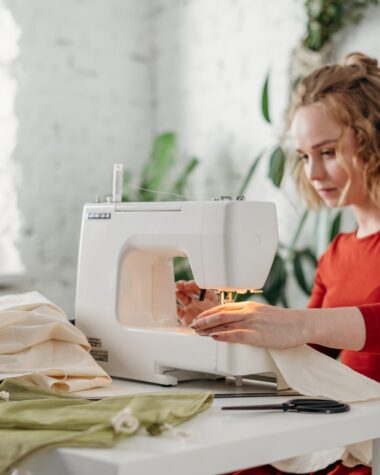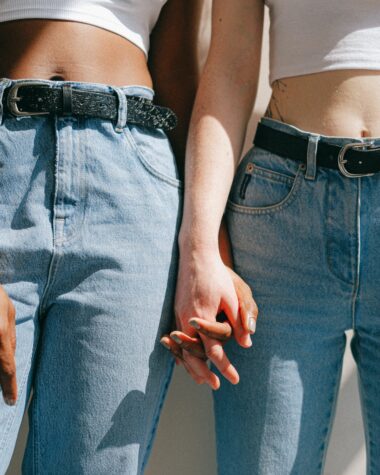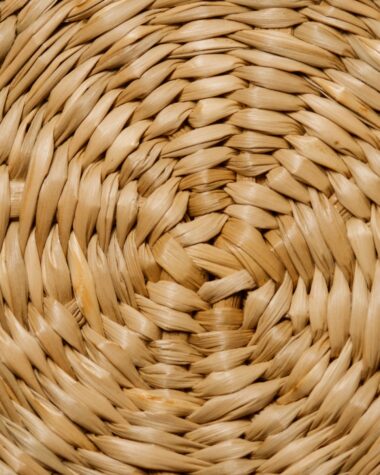Welcome to the captivating world of typographic art! If you’ve ever marveled at beautifully designed posters, album covers, or advertisements that make clever use of letters and words, then you already understand the power of typography in visual storytelling. Typography is more than just selecting a font – it’s an art form that allows you to play with shapes, sizes, colors, and textures to create stunning and impactful designs.
In this blog post, we will dive deep into the world of typography art and explore how you can bring your own creative visions to life. From choosing the perfect typeface for your project to mastering layout and composition techniques, we’ll provide you with invaluable tips along the way. So grab your digital pens and let’s embark on a typographic adventure together!
But before we begin our journey into creating breathtaking typographic art pieces, let’s first understand why typography is so important in the realm of visual arts.
Understanding Typography and Its Importance in Art
Typography is the backbone of visual communication. It goes beyond mere words on a page and transforms them into expressive and visually appealing designs. Each typeface carries its own personality, conveying emotions, setting the tone, and capturing attention. From elegant serif fonts to bold and modern sans-serif options, typography has the power to evoke different moods and messages.
In art, typography plays a crucial role in enhancing storytelling. Just as brushstrokes or color palettes can convey meaning in a painting, typographic choices can enhance the overall message of an artwork. The shape of letters, their arrangement, and even their sizes create a visual hierarchy that guides viewers’ eyes through the composition.
Choosing the Right Typeface for Your Project
Choosing the right typeface for your project is a crucial decision that can greatly impact the overall look and feel of your typographic art. With so many options available, it’s important to consider various factors before making your selection.
The Purpose: Think about the purpose and tone of your artwork. Are you aiming for something elegant and sophisticated or fun and whimsical? Different typefaces convey different emotions, so choose one that aligns with the desired aesthetic.
Legibility: Next, consider legibility. The readability of your typography is key in getting your message across effectively. Avoid overly decorative fonts that may be difficult to read, especially at smaller sizes. Opt for clean and well-designed typefaces that are easy on the eyes.
Versatility: Another factor to consider is versatility. Will you be using this typeface across multiple projects? If so, choosing a versatile font family with various weights and styles can provide flexibility in creating cohesive designs.
Compatibility: Additionally, take into account compatibility with other design elements such as imagery or illustrations. The typeface should complement these elements rather than compete with them for attention.
Tips for Layout and Composition
When it comes to creating typographic art, the layout and composition play a crucial role in enhancing the overall design. Here are some tips to help you achieve an aesthetically pleasing and balanced arrangement.
Plan your layout: Before diving into the design process, take a moment to sketch out your ideas on paper or create a digital mockup. This will allow you to experiment with different compositions and find the one that works best for your message.
Use hierarchy: Establishing a clear hierarchy is essential for guiding viewers’ eyes through your artwork. Consider using larger, bolder typefaces for headlines or important words, while using smaller fonts for secondary information.
Pay attention to spacing: Proper spacing between letters, words, and lines can greatly impact readability and visual appeal. Experiment with different letter-spacing (tracking) and line-height (leading) options until you find the perfect balance.
Align elements purposefully: Aim for alignment consistency throughout your design by choosing either left-aligned, centered, or right-aligned text blocks. Avoid random placement of elements as it can make your artwork look cluttered.
Create contrast: Incorporate contrast in terms of size, weight, color, or style within your typography art piece to add visual interest and emphasis where needed.
Use grids as guides: Grids provide structure and assist in achieving harmonious layouts. They can help ensure proper alignment of elements while offering flexibility in arranging text blocks.
Remember that practice makes perfect when it comes to layout and composition in typography art! By experimenting with these tips along with exploring different techniques like overlapping text or utilizing negative space creatively; you’ll be able to create stunning designs that stand out from the crowd.
Adding Color and Texture to Your Typographic Art
Adding color and texture to your typographic art can bring it to life and make it visually appealing. Colors have the power to evoke emotions and set the tone of your artwork, while textures add depth and dimension.
Mood: When choosing colors for your typographic art, consider the mood you want to convey. Warm colors like reds, oranges, and yellows can create a sense of energy and excitement, while cool colors like blues and greens evoke calmness and tranquility. Experiment with different color combinations to find what works best for your project.
Texture: Texture is another important element that can enhance your typographic art. By adding texture through various techniques such as brush strokes or digital effects, you can give your artwork a tangible feel.
Digital Tools: To achieve these effects in your typographic art, consider using digital tools such as graphic design software or online platforms specifically designed for creating typography designs. These tools offer a wide range of options for playing with colors and applying textures effortlessly.
Tools and Techniques to Create Your Own Typographic Art
Typography art allows artists to express their creativity through the arrangement and design of letters, words, and typography elements. To create your own typographic art, you will need some essential tools and techniques that can help bring your ideas to life.
Computer Or Laptop: Having access to a reliable computer or laptop with graphic design software such as Adobe Illustrator or Photoshop is crucial. These programs provide a wide range of tools for manipulating text and creating visually stunning typographic compositions.
Typeface: Next, familiarize yourself with different typefaces available. Experiment with various fonts and find the ones that best complement your artistic vision. Consider factors such as readability, style, and mood when selecting a typeface for your project.
Color: Adding color can greatly enhance the impact of your typographic artwork. Choose colors that harmonize well together while considering their emotional associations. Experimenting with gradients, overlays, textures can also add depth and visual interest to your designs.
Design Elements: Incorporating other design elements like illustrations or photographs into your typography art can take it to another level. These additional elements can complement the text and make it more engaging for viewers.
Also Read: How to Make a Fresh Flower Crown
Conclusion: The Beauty and Versatility of Typographic Art
Typography is more than just words on a page; it is an art form that has the power to evoke emotions, convey messages, and captivate audiences. Whether you are creating typographic art for personal pleasure or professional projects, understanding the principles of typography can greatly enhance your designs.
By choosing the right typeface for your project, paying attention to layout and composition, adding color and texture strategically, incorporating different design elements, and utilizing tools and techniques specifically designed for typographic art creation, you can elevate your work to new heights.








